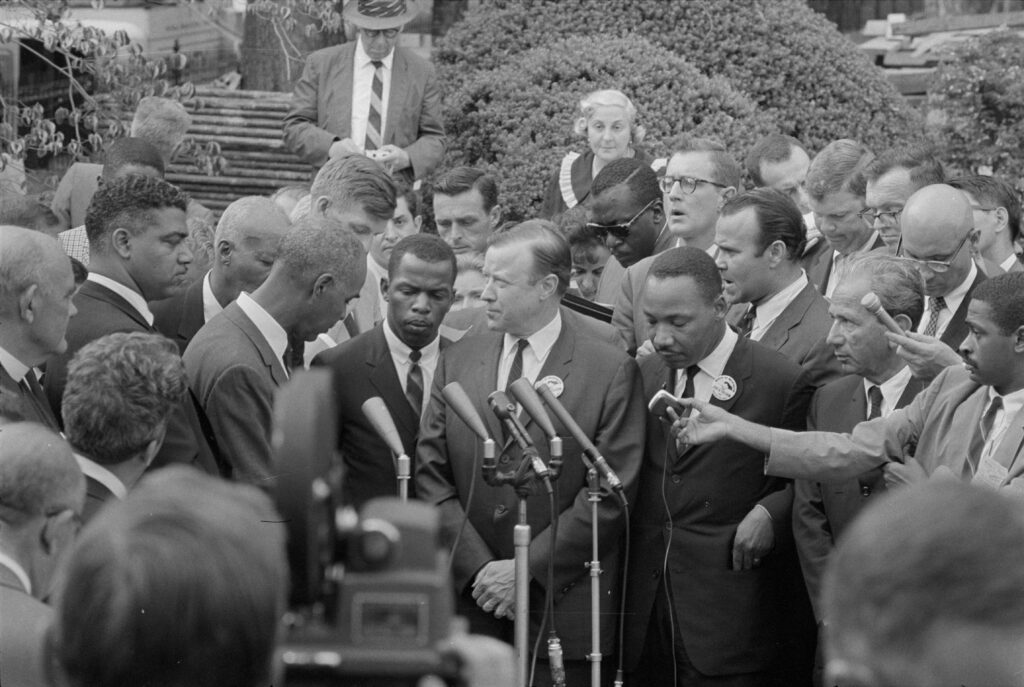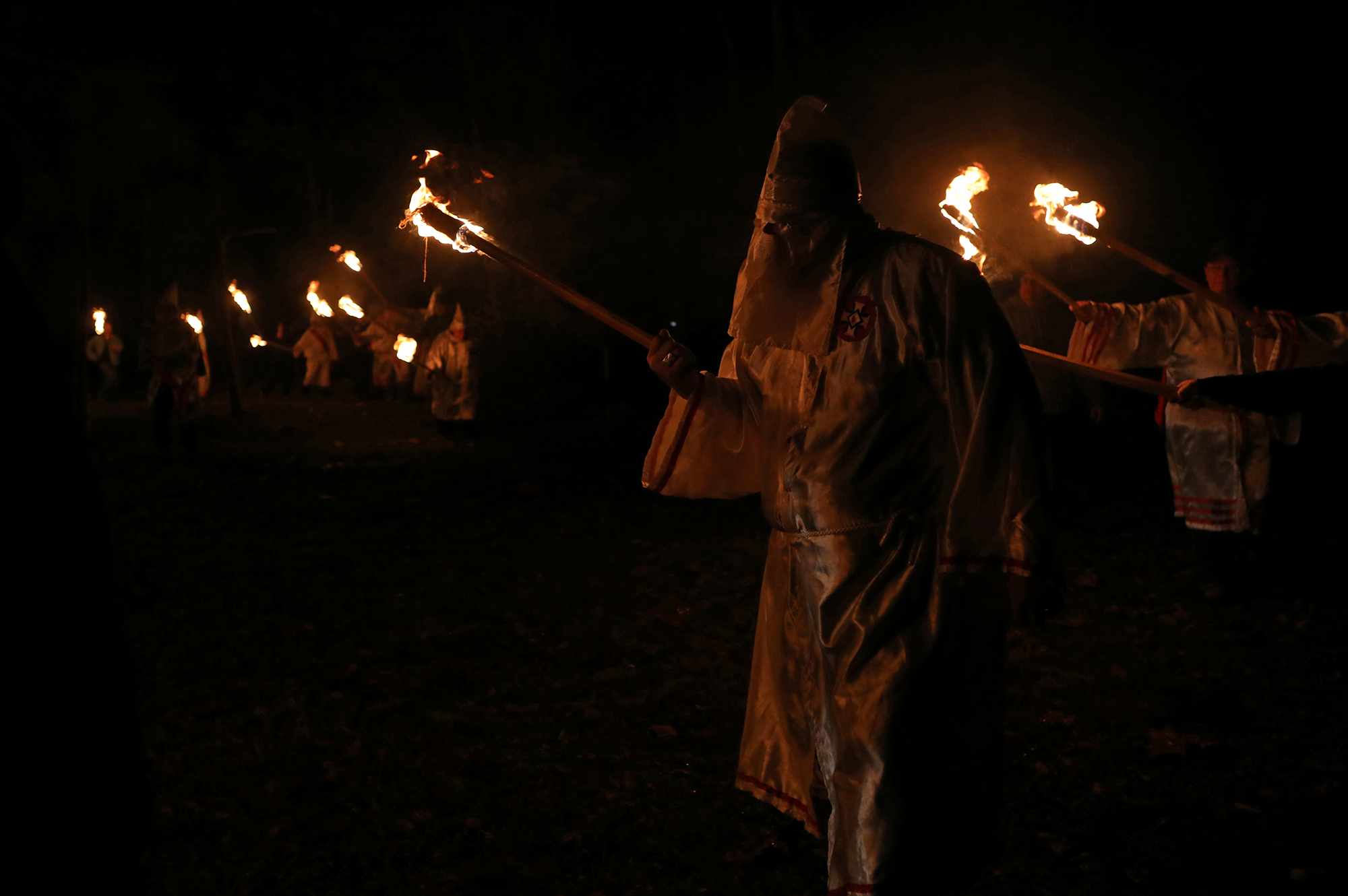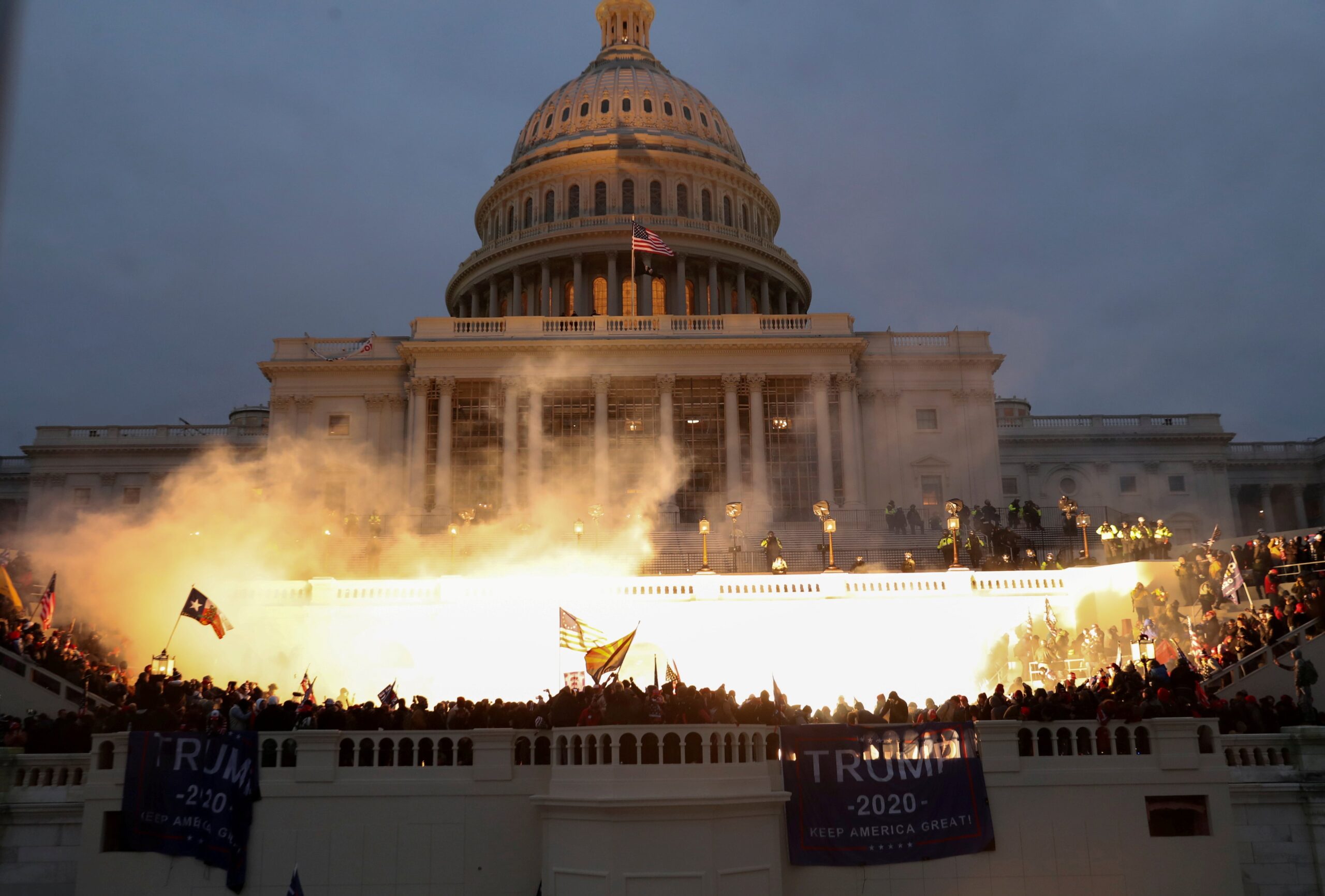The civil rights movement of the 1950s and 1960s not only led to significant legislative change and social progress, but it also served as a catalyst for the expansion of First Amendment freedoms. This teacher’s guide recounts many of the First Amendment developments ushered in during this new era of commitment to civil rights and equality. These include constitutionalizing libel law, protecting peaceful protesting, acknowledging new forms of symbolic speech, recognizing the freedom of association, and limiting the ways in which licensing laws can be used to censor speech.
To view this and other teacher guides, please fill out this form.
All resources on www.FirstAmendmentWatch.org are free and permitted to disseminate to your students with these conditions:
- Be sure to include any pertinent credits to news organizations, book authors, etc. who are identified as the source of the specific content you select.
- Include: Reprinted with permission from www.FirstAmendmentWatch.org
Resources available at www.FirstAmendmentWatch.org include:
- News & Updates
- History & Legal Cases
- Analysis & Opinion
View Teacher Guides




